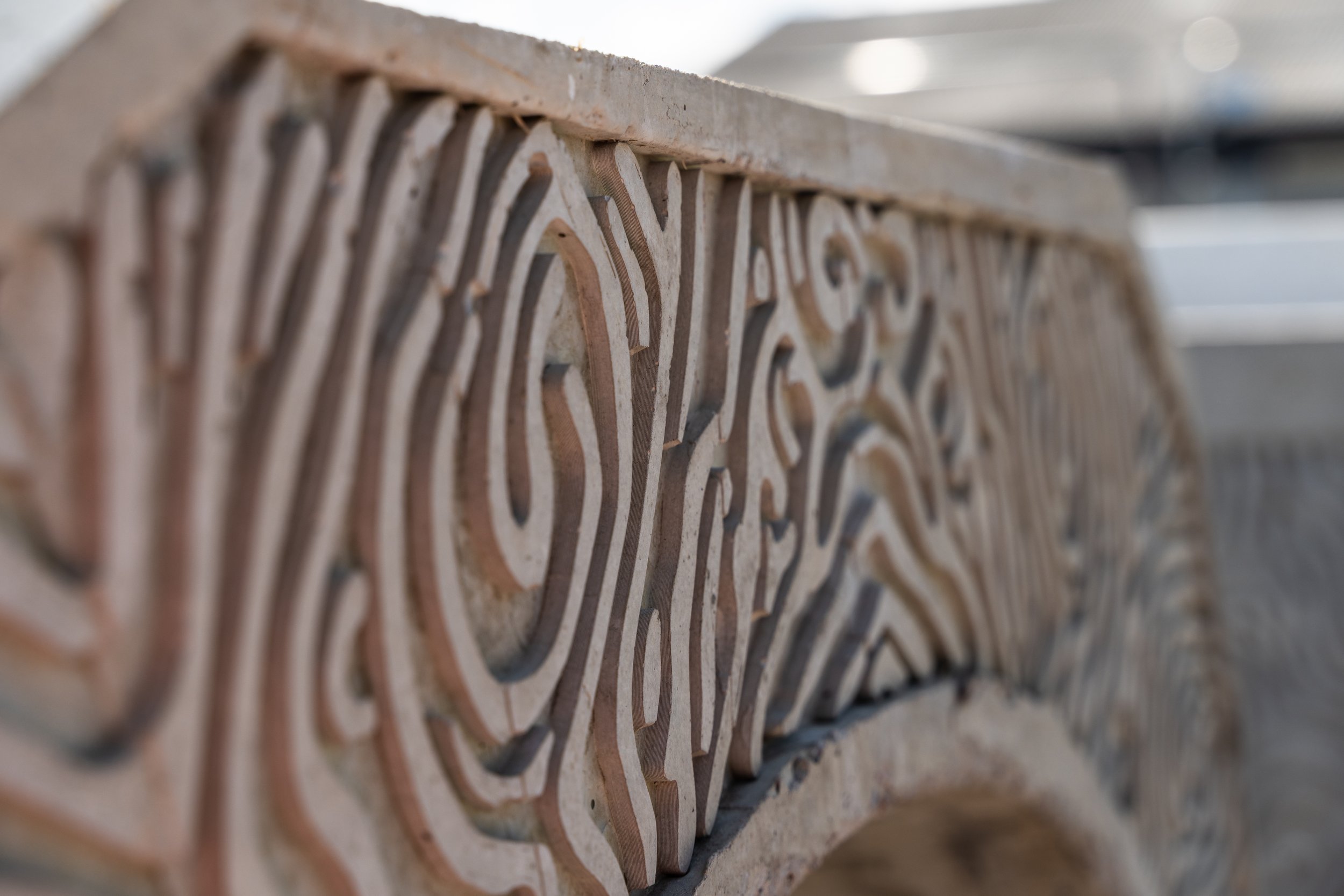Q&A with William: Bespoke artificial reefs
Exo Engineering has unveiled custom artificial reefs aimed at enhancing biodiversity in North Sea wind farms, focusing on species such as cod. Developed using Nature Inclusive Design, the reefs align with recent Dutch ecological mandates for offshore wind projects, which aim to foster balanced ecosystems and benefit local industries, including fisheries.
How did Exo Engineering get involved with the project?
The artificial reef pilots fall under the Living Wind Farms project, which Exo Engineering leads, with support from the Offshore Wind and Growth Partnership (OWGP).
What role does bespoke Nature Inclusive Design play in marine developments?
Bespoke design lets us solve unique challenges posed by the diverse range of marine environments that we are developing. One-size-fits-all marine infrastructure is falling short, and Exo hope to change this with our innovative, tailored approach.
We hope that this project will demonstrate the potential for targeting specific species through design, allowing us to continue developing marine areas without pushing nature out.
What kind of benefits can we expect to see from these Nature Inclusive Designs?
Nature Inclusive Design puts nature at the forefront of the design process. In this way, we can make sure that we can achieve our development goals without compromising natural environments. Marine biodiversity is incredibly important, providing us with food and a variety of ecosystem services like carbon sequestration and water filtration. We hope that these kinds of Nature Inclusive Designs will help to increase the resilience of marine biodiversity to environmental change.
What makes these reefs different from other artificial reefs?
Our bespoke artificial reefs have been designed to offer habitats for specific species including Atlantic Cod and Saballeria spinulosa (Ross Worm). Because our marine areas are so different from one another, it only makes sense that we take this kind of approach to offer the most benefit to the marine life that exists within offshore development areas.
What were the challenges for designing the bespoke artificial reefs?
Our reefs are the largest subtidal solution that we have developed to date. When designing these, we had to make sure that the reefs were robust enough to survive the deployment process, but also make sure their design was complex to provide a range of habitats for marine life.
How can we ensure that these types of Nature Inclusive Design will deliver benefits for Nature?
Monitoring will prove critical for demonstrating the benefits that our units will have for nature. For this project, we are using a combination of environmental DNA and ROV surveys before, during and after the deployment to look at changes in biodiversity at the deployment site. By using conservation evidence, we can also make sure that the features we are including have been shown to benefit biodiversity.
See an opportunity for bespoke design within your project? We would love to hear from you! Get in touch with us here.


